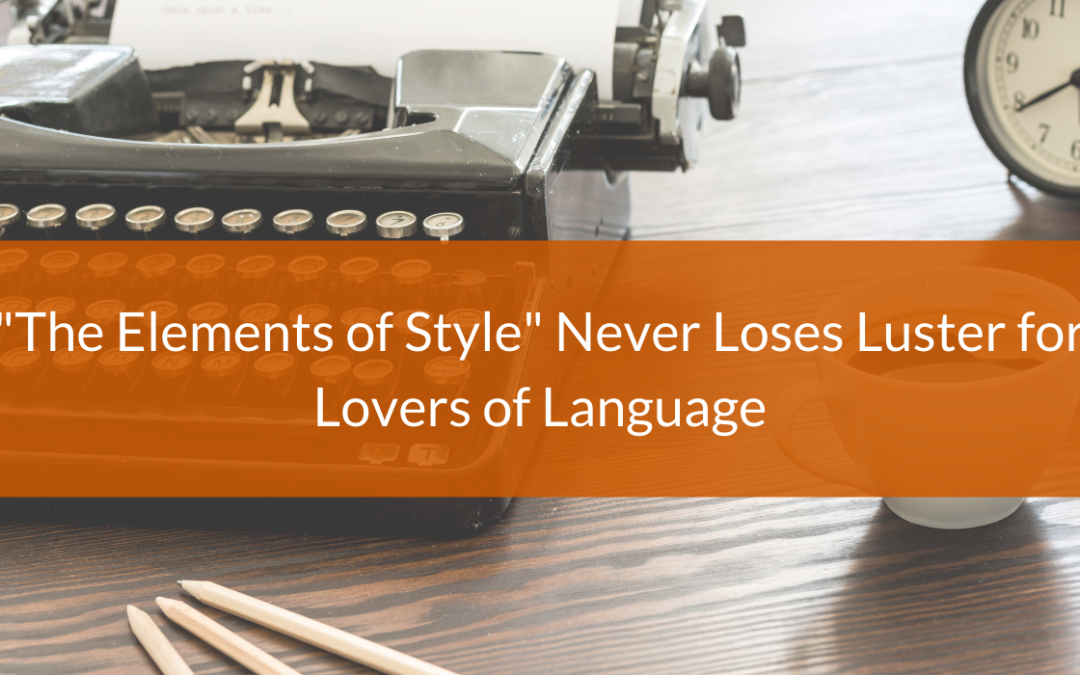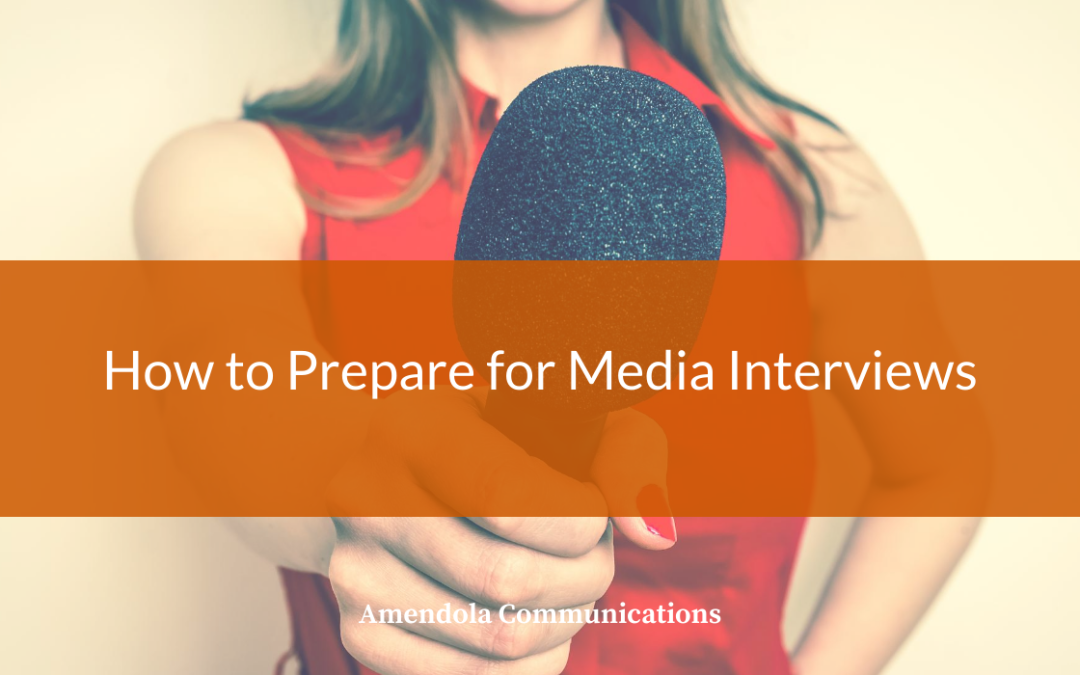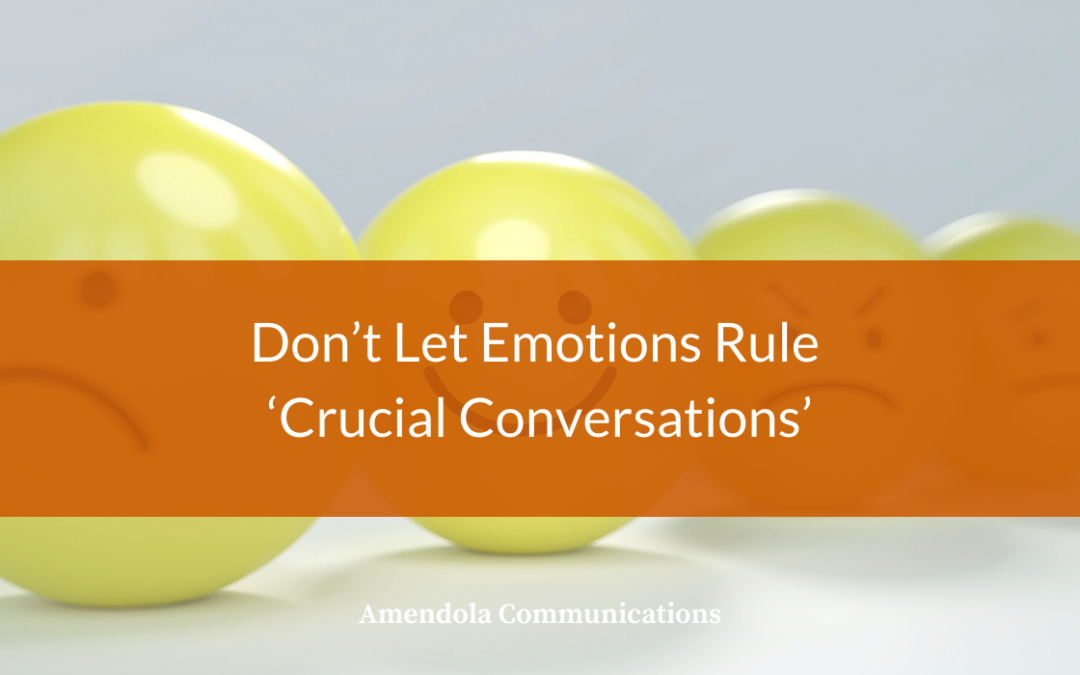
by Philip Anast | Dec 9, 2020 | Blog
While our digital age has ushered in not a few changes with respect to the written word and how we communicate, there is a 100+-year-old book that still has something to offer our sophisticated new world.
The Elements of Style, written by William Strunk Jr. and later updated by E.B White, is a valuable reference tool – still on many writers’ desks, or digitally as an app on smart phones.
Strunk was a 20th Century Cornell University professor; E.B. White, a contributor to The New Yorker magazine and author of the children’s book, Charlotte’s Web.
The guide is just 85 pages in length. But therein lies its beauty, simplicity and clarity.
“Vigorous writing is concise,” Strunk writes. “A sentence should contain no unnecessary words, a paragraph no unnecessary sentences, for the same reason that a drawing should have no unnecessary lines and a machine no unnecessary parts. This requires not that the writer make all his sentences short, or that he avoid all detail and treat his subjects only in outline, but that every word tell.”
Other reminders for PR pros in the business of storytelling:
- Use the active voice
- Write with nouns and verbs
- Do not overwrite
- Do not overstate
- Make sure the reader knows who is speaking
- Be clear
- Do not take shortcuts at the cost of clarity
Besides elementary rules of usage and principles of English composition, White included a section entitled, “An Approach to Style.”
“In the days when I was sitting in [Strunk’s] class, he omitted so many needless words, and omitted them so forcibly and with such eagerness and obvious relish, that he often seemed in the position of having shortchanged himself – a man left with nothing more to say yet with time to fill, a radio prophet who had outdistanced the clock,” White writes.
This is a keen reminder that while an unlimited resource, words should be used with care and as if there are only so many to go around.

by Philip Anast | Aug 26, 2020 | Blog
The Roman statesman Seneca once said, “Luck is what happens when preparation meets opportunity.” This is a sentiment executives must keep in mind as they prepare for media interviews. And the key word here is preparation.
As busy as everyone seems to be in the era of COVID-19, media interviews – much like any formal presentation – cannot and should not be treated as something to be checked off a list.
A lot goes into preparing company messaging and positioning an organization. Getting third-party validation for a company’s value proposition can go a long way toward softening the beachheads for sales leads and building industry leadership and brand awareness.
But how should one prepare for a media interview? Here are six techniques to consider:
- Review the reporter’s coverage and publication to best understand the audience and how you need to communicate to that audience
A PR/marketing agency such as Amendola Communications prepares briefing sheets with details of reporters, their backgrounds, messaging and any caveats. While the PR pros can guide you through the process, it also makes sense to read the reporter’s last three to five articles to ascertain trends or patterns in coverage. Doing so may reveal something you can share with the reporter to strike a chord during an interview.
- Write out your key messages and envision the headline you want to read
Again, your agency is doing a lot of the leg work already; however, homing in on the three key messages you want to share during an interview goes a long way toward ensuring one stays focused and doesn’t stray into unchartered territory. A reporter has only so much time, so you want to maximize your time to deliver your key messages and get your points across. Furthermore, think about the headline and story you want to see resulting from the interview, and figure out how you’ll get there.
- Consider the types of questions that can lead to minefields
Along with No. 2, your agency should caution you about the types of questions that will take you off the path of a productive interview for your organization. Those questions may involve competitors, controversies or unpopular opinions. That’s not to say you shouldn’t address them or consider being provocative. But it’s best to practice your responses ahead of time and test them with key colleagues and your communications advisors to ensure they are the types of messages that will have the intended impact. And if you don’t want to answer certain questions, using bridging techniques can help you get back on track.
- Practice in front of a mirror to gauge body language
While this technique is especially important to prep for broadcast or Zoom interviews, it’s also valuable in general because it speaks to whether you believe what you’re saying. Are you credible? Are you passionate? If your responses fall flat to you, consider what a reporter will take away. Using a conversational style while conveying insights the reporter can use begets future interviews.
- Ensure any product messaging is grounded in business benefits and not conjecture
While it’s important to demonstrate the success of your products to key influencers, the best way to do so is to substantiate with industry facts, e.g. time and dollar savings, patient/staff safety, industry awards and the like. Of more importance is citing key statistics or anecdotes from key customers. You’ll want to confirm that those customers are referenceable in any media interviews. Your PR agency can help you sort through those details.
- Block off 15-30 minutes prior to an interview to put on your game face
While competitive sports seem like a distant memory during the pandemic, those pre-game rituals still hold a place close to our hearts. Instead of rushing to a media interview, it’s best to block out some time for mindfulness before the interview. Doing so elicits focus and can make your preparation bear real fruit.
Media interviews often seem to be over in a flash, but the outcomes can have a long shelf life. Taking time to properly prepare can elevate your own brand and help your organization flourish.

by Philip Anast | Jun 3, 2020 | Blog
In my last post, we learned that a key technique to resolving problems is fostering dialogue with another person, or even a group of people. This wisdom comes from the best seller, “Crucial Conversations.”
Having the other person’s best interests in mind goes a long way toward resolving work and personal issues. That seems like a no-brainer. But when emotions get the best of us, conversations can go sideways in a hurry. Truly serving another person’s interests and seeing her point of view start with building mutual purpose and mutual respect during crucial conversations.
Here are some questions to ask oneself before engaging in dialogue:
- Do others believe I care about their goals?
- Do they trust my motives?
- What would I do now if I really wanted to see
results?
You may be saying to yourself: I’m committed to those values, but I can’t get the other person to come around. The authors, through their countless use cases and observations of crucial conversations, admit that sometimes one has to create a mutual purpose. That may involve finding more meaningful goals, or longer-term ones.
It also means adroitly combining confidence, humility and skill to make people feel that they can safely contribute their thinking to a conversation.
Confidence enables various opinions to be contributed to the “pool of meaning” without threat or emotion; humility underscores that others have valuable inputs to contribute; and skill avoids the Fool’s Choice we learned about earlier.
Here are some phrases and questions to consider as you pursue mutual purpose:
- “I want to talk about what each of us likes and doesn’t like. That way, we’ll be able to see what we need to do to improve and why”
- “It seems like we’re both trying to force our view on each other”
- “I commit to staying in our conversation until we have a solution that satisfies both of us”
- “I’m beginning to feel you are upset with me. Did I do something to anger you?”
- “Does anyone see it differently? Am I missing something here?”
What the authors make abundantly clear in imparting their techniques is they’re not advocating that every decision be made by consensus. “Dialogue does not equal decision-making.”
The real focus is on solving problems and building relationships. And to achieve those things, you need everyone to feel comfortable adding information and
perspective to a discussion.
When people are silent for fear of retribution or respond with vitriol, the results are the same: loss of safety and dialogue. But when they feel they can safely
contribute, the greater the possibility for true dialogue and resolution.
The ultimate goal in all of these techniques is to “aim for progress, not perfection.”

by Philip Anast | Apr 8, 2020 | Blog
There is no shortage of books on communication in the workplace to improve collaboration and maximize teamwork. Harvard Business Review also provides wonderful, well-researched articles that can help one improve communication and leadership capabilities.
But one book that I’ve read and re-read over the years stands out: “Crucial Conversations.” Perhaps the book stands out as much for improving communication and resolving differences in the workplace as for resolving issues in personal relationships.
Over the years, I’ve leaned on this book to help navigate difficult situations. For example, how do you tell someone trying really hard to do a good job that he isn’t cutting it? Or explaining to people that they have poor hygiene? Or telling your client CEO on a media tour that half of the six interviews canceled while you’re on the tour with him?
The authors explain what happens to our brains when conversations go from casual to crucial that is, when emotions grow heated, the stakes are high, and people are entrenched in their opinions. Let’s just say the blood flowing to the reasoning part of our brains gets detained.
An important element of a crucial conversation is making sure that those involved feel safe to share their opinions. If they don’t feel safe, they will flee to silence (not sharing information crucial to a problem and toward a decision) or to violence (making personal attacks that exacerbate the situation).
The authors say average communicators make a Fool’s Choice. They either choose to be brutally honest or silent. Great communicators, on the other hand, avoid the Fool’s Choice; they share absolute candor but with deep respect.
In the healthcare field Amendola Communications serves, nurses and other care team members often fall silent during critical situations that affect patient safety for fear of doctors and other authority figures. It’s situations like these, the authors assert, where none of us can remain silent.
While there is much to be gleaned from the book, here are some key recommendations:
- Don’t “wing” crucial conversations. “Perfect practice makes perfect”
- Fill the “pool” of meaning in a dialogue by making sure information flows freely
- Start with heart and stay focused on what you want for yourself, other people and your relationships (with emphasis on mutual purpose and mutual respect)
- The best at dialogue look at themselves and ask how they can improve their communication skills; they don’t see others as the source of all that’s wrong with the world
- Stay focused on achieving results and building relationships
The authors make an astute observation based on the hundreds of conversations they have studied or witnessed as communication consultants: The problem often is not the message (or bad news) delivered to people, but whether people feel safe hearing that message.
In my next post, we’ll learn about several skills tested by the authors to build mutual purpose.

by Philip Anast | Nov 20, 2019 | Blog
As a communications agency for healthcare and healthcare IT companies, Amendola Communications has built a reputation for strong speaker applications. Once a speaking engagement is secured, however, the real fun begins: the preparation of the speech itself.
When looking for inspiration in oratory, one doesn’t have to look further than Winston Churchill. (Author Andrew Roberts wrote a lengthy biography recently.) You may be saying to yourself: I’m not making a political speech; I’m not inspiring the British people and the world during the darkest hours of World War II; I’m speaking at HIMSS or another industry event.
Yet the tenets Churchill employed in his speeches have a universal applicability that can help everyone construct more meaningful speeches.
According to Roberts, Churchill drew inspiration from his 1897 unpublished essay entitled, “The Scaffolding of Rhetoric.” That piece identified five elements of successful speeches:
- Use the best possible words Churchill believed in short, simple words that convey powerful meaning. He held a great appreciation for words. No doubt, every journalism major remembers her professors’ admonitions to use strong action verbs and nouns and minimize the use of adjectives and adverbs. Unlike some of those professors, however, Churchill did not place a limit on the number of words in a sentence of oratory, provided they contribute to a logical cadence
- Listen to the sounds of words and how they influence the human brain. Shakespeare had much influence on Churchill and what he wrote. The latter recommended writing out speech notes and practicing speeches aloud before deliverance. Martin Luther King also understood the impact of sound. To wit: “There comes a time when the cup of endurance runs over and men are no longer willing to be plunged into the abyss of despair.”
- Build arguments and evidence into a steady crescendo to help one’s audience arrive at the conclusion. Make sure the speech builds upon its points and doesn’t have too many diversions
- Use analogies Churchill believed in “translating established truth into simple language,” Roberts said. This is an effective technique for both speeches and the written word. Put the speech into the context of the larger things in life and give people reason to think about their connections
- Arouse emotion Churchill used exaggerated language and hyperbole that did not always sit well with his fellow politicians nor his audiences at large; however, Churchill had a self-mocking quality about him not always realized by his listeners. Like the use of analogies, emotion can “move the human heart” and force people to really listen, and to change their thinking and their lives
Churchill said: “Of all the talents bestowed upon men, none is so precious as the gift of oratory. He who enjoys it wields a power more durable than the power of a great king.” Churchill believed that one needed to cultivate a talent for speaking and to practice it diligently. That’s advice that we can all take to heart.




